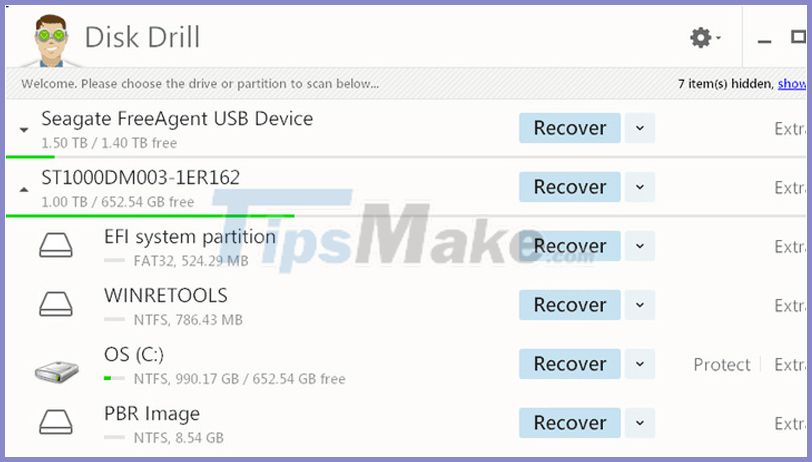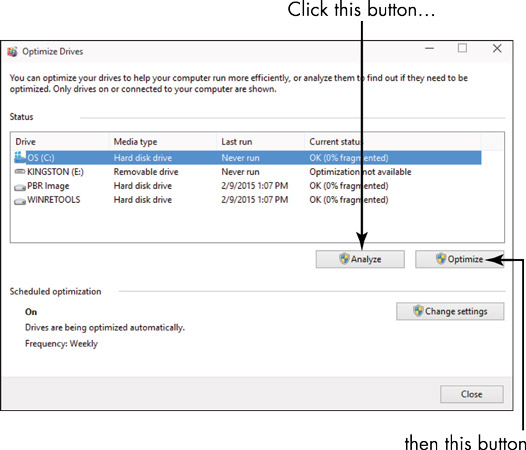
Windows Startup Settings – allows you to select various Windows boot scenarios: Safe Mode, disable driver digital signature enforcement, disable automatic restart on system failure (this is the only way to see the BSOD error code on the Windows boot screen),etc.Automatic Repair/Start-up Repair – Windows tries to automatically find and fix possible problems (the wizard can independently repair the bootloader, BCD configuration and MBR (Master Boot Record).System Image Recovery – allows to restore Windows from a full image backup on external media.System Restore – allows you to restore the state of Windows using a previously created restore point.Reset this PC – allows you to reset your Windows to factory settings (personal data and files will be deleted).

Winre.wim is the image that is mounted and used when Windows has failed to boot multiple times and a menu is presented to pursue other options such as Repair, Command Prompt, etc.Īlso, if you choose to create a recovery disc or USB from within Windows, winre.wim is included on that recovery disc/USB, so the Recovery Partition becomes somewhat obsolete (as long as the recovery disc doesn’t get misplaced or lost). My setup uses multiple partitions, and I have a Recovery folder on C: with winre.wim inside.

Windows 7 stored winre.wim in a Recovery folder on the root of C: drive, so an upgrade from Windows 7 will create the Recovery partition and place the Windows 10 winre.wim there. If there are multiple partitions on the hard drive during installation/upgrade, winre.wim is stored in a Recovery folder (a faded-looking system folder) on the root of the C: drive, and the Recovery Partition is empty (but Windows creates it, anyway).

Typically the Recovery Partition created by the upgrade on a hard drive with a single partition (in GPT there is also an EFI partition, but that doesn’t count) is where the Windows Recovery Environment (winre.wim) is stored.


 0 kommentar(er)
0 kommentar(er)
